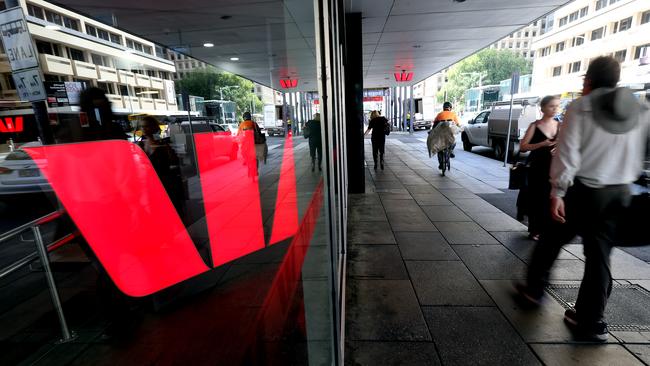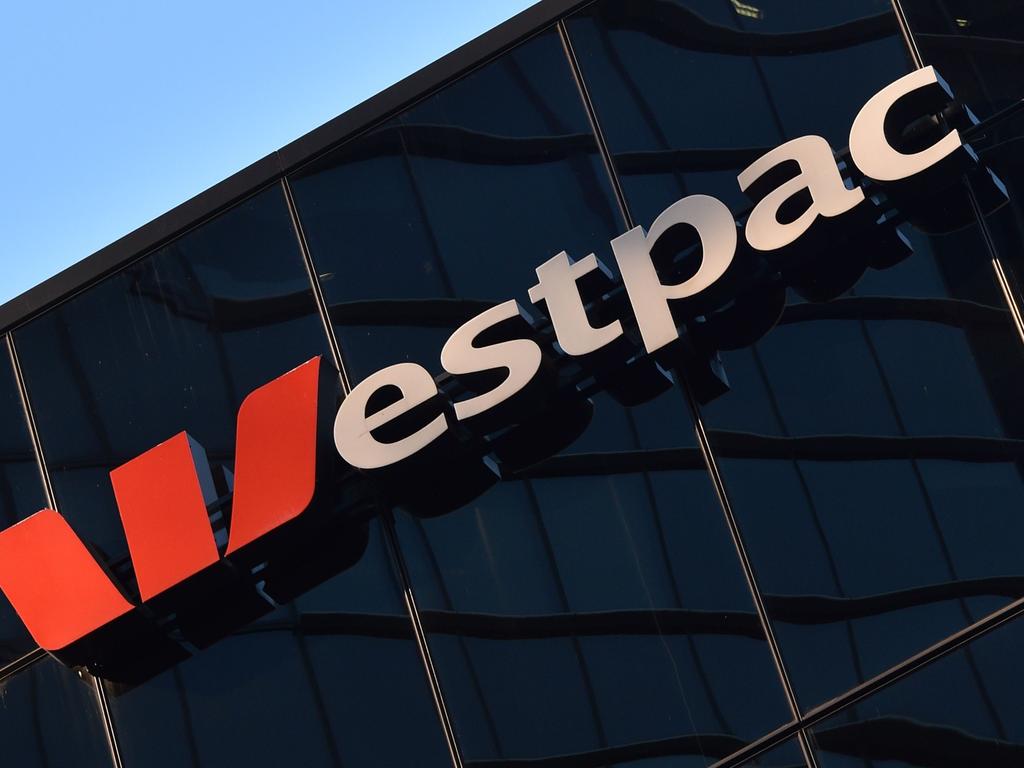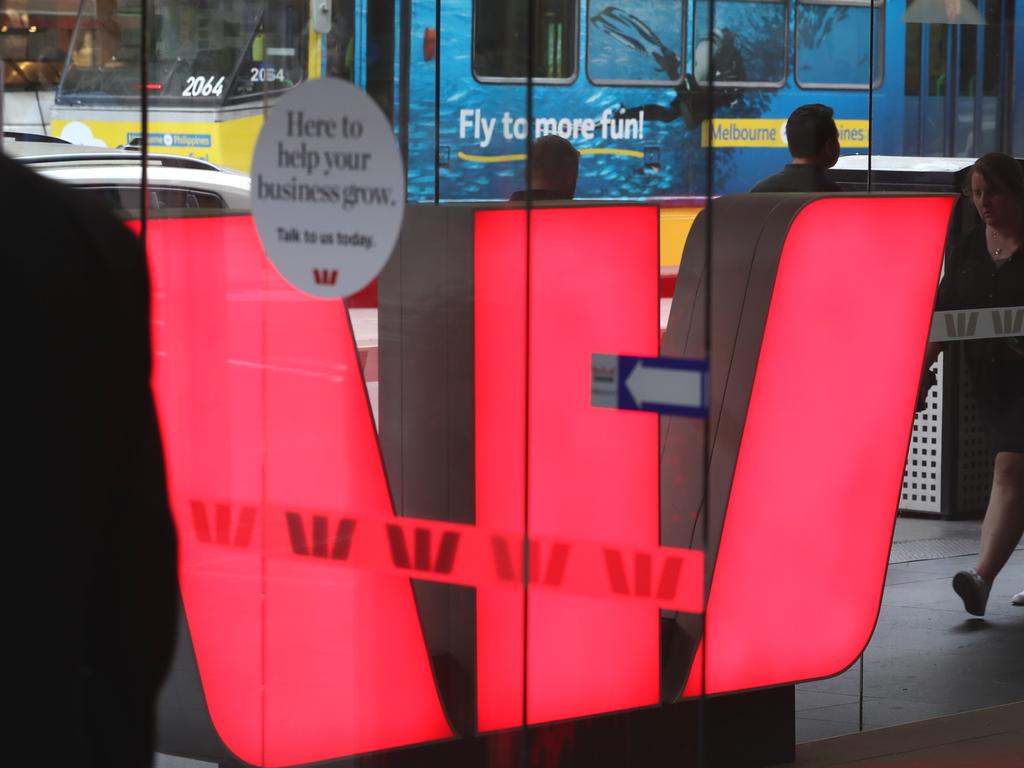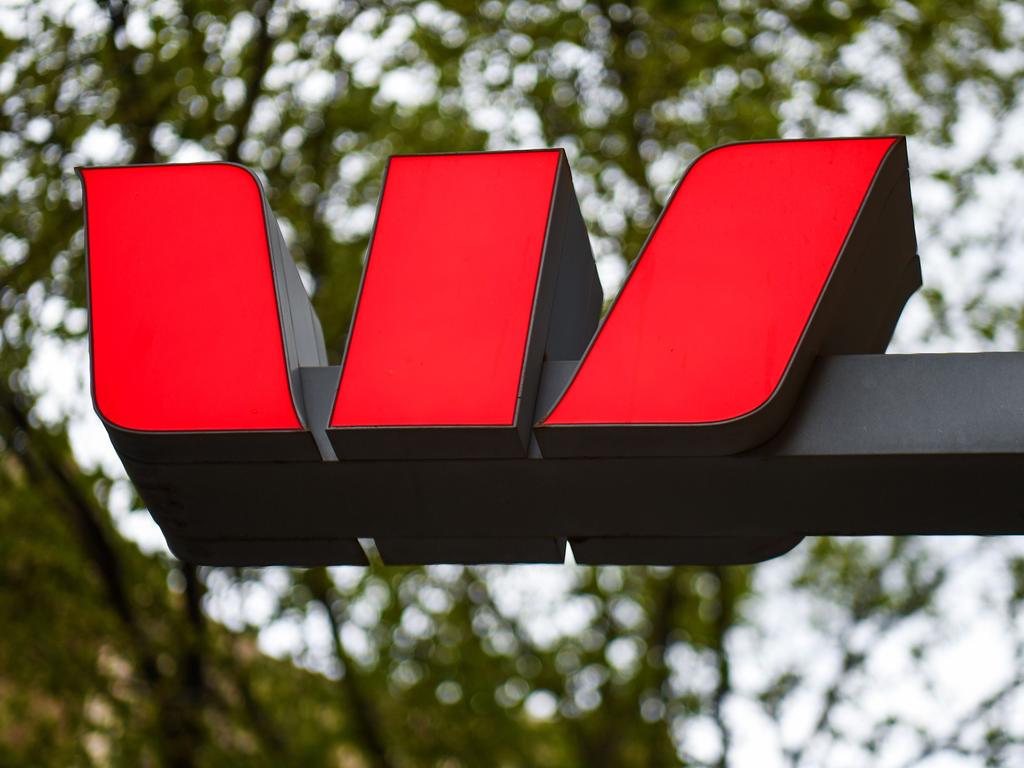Austrac scandal: How Westpac let child exploiters through the net
It was a Westpac teller who raised the alarm about possible criminal activity by a person dubbed customer 12.

It was a Westpac branch teller, not the bank’s flawed and clunky systems, who in June last year raised the alarm about possible suspicious and criminal activity by a person now dubbed customer 12.
The Australian branch employee logged a “manual alert” after face-to-face interactions with customer 12 where payments were made from one of their accounts to the Philippines. Following the alert, it took two days for Westpac to find out customer 12 had a prior conviction for child exploitation offences.
But the shocking delay came when the bank took a further two months to close customer 12’s accounts.
During those two months, customer 12 made a further nine low-value transfers that were indicative of funding child exploitation material. The customer had banked with Westpac for 18 years and started making suspicious transactions in 2016.
The startling detail is included in Austrac’s statement of facts which relates to a record $1.3bn agreed penalty with Westpac, over the bank’s more than 23 million breaches of the law.
The agreed statement highlights a long list of failings by Westpac to lodge timely suspicious matter reports to Austrac for 262 customers, as required by the law.
In some instances it took the bank six years to lodge a suspicious matter report after a customer’s transaction activity showed a pattern or typology that could be linked to criminal activity.
While not all 262 of the flagged customers have been referred on for further criminal investigation, The Australian understands about two dozen are being investigated by authorities.
“Three of the customers the subject of these proceedings had prior convictions relating to child exploitation offences. Austrac advises that one of these customers has been arrested in relation to further child exploitation offences since the commencement of these proceedings,” the statement of facts said. “Austrac advises that other customers are being assessed further for possible investigations.”
Explosive court action
Thursday’s agreed statement follows the explosive court action started by Austrac against Westpac late last year, which alleged the bank failed to report millions of international payment instructions to the regulator and had not monitored payments through it system by paedophiles.
The damning court documents included an example of money being transferred to a person located in the Philippines who was arrested in 2015 for child trafficking and exploitation involving live-streaming of child sex shows and offering children for sex.
Thursday’s agreed statement between the regulator and Westpac shed more light on further customers flagged as suspicious by the bank this year, only after it conducted a thorough look back of its files and systems.
Westpac customer 261, for example, over four years to April 2018 made 129 ATM withdrawals in Southeast Asia in amounts ranging from $37 to $477 and totalling about $40,067.
Before this period the customer had been arrested and remanded in custody for child exploitation offences, which Westpac was unaware of. Customer 261 was found guilty of the offences in 2018 and in February that year the bank finally gave Austrac a suspicious matter report on the transaction activity.
On another customer dubbed 262, Westpac lodged a suspicious matter report after learning they had been convicted of child exploitation related offences.
“Had Westpac conducted appropriate ongoing customer due diligence with respect to customers 261 and 262, these child exploitation related suspicions could have been identified earlier,” the statement of facts said.
“Had this activity been identified sooner, it could have been reported to Austrac and law enforcement sooner, through SMRs (suspicious matter reports).
“Had this activity been identified sooner, Westpac would have been in a position to undertake additional steps to identify, mitigate and manage the risks of ongoing CEM (child exploitation material). In some cases, Westpac could have reported customers to Austrac a number of years earlier.”
Austrac in late 2013 published typologies or patterns for banks to screen for around child exploitation risks related to low value payments to the Philippines.
The agreed statement of facts said senior members of Westpac‘s financial crime function were from May 2016 aware of heightened child exploitation risks associated with the Philippines, and some were aware specific detection monitoring “was not being applied” across all payment products.
The bank has in the past 18 months to two years begun lifting its game following its lax compliance with anti-money laundering and counter terrorism financing requirements.
The statement of facts said Westpac had terminated the transaction accounts of each of customers 1-12 and placed “a block on certain products” which the bank could not exit immediately because it was owed money in areas such as credit cards or home loans.
“The only transactions the customers can enter into are to repay amounts owed,” it added.
Since 2014, Westpac has spent $632m on financial crime compliance and given a recent ramp up in resources it expects to have 950 people manning the area by the end of 2020.








To join the conversation, please log in. Don't have an account? Register
Join the conversation, you are commenting as Logout